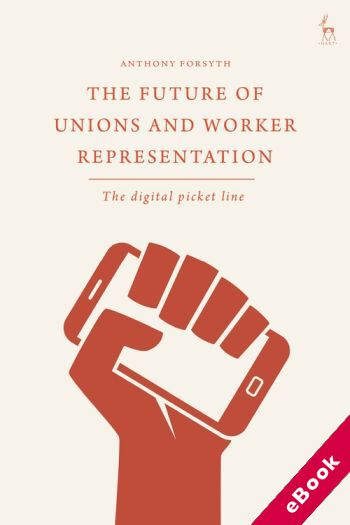
The device(s) you use to access the eBook content must be authorized with an Adobe ID before you download the product otherwise it will fail to register correctly.
For further information see https://www.wildy.com/ebook-formats
Once the order is confirmed an automated e-mail will be sent to you to allow you to download the eBook.
All eBooks are supplied firm sale and cannot be returned. If you believe there is a fault with your eBook then contact us on ebooks@wildy.com and we will help in resolving the issue. This does not affect your statutory rights.
This book charts the path to revitalisation for trade unions in Australia, the USA, the UK, and Italy. It examines the examples of innovation and digital campaigning that are enabling unions to build new forms of worker power – and overcome decades of declining membership wrought by neoliberalism, globalisation, and hostility from employers and the state.
The study evaluates the responses of unions in each country to falling membership levels since the 1980s. It considers the US 'organising model' and its adoption in Australia and the UK, comparing this with the strategies of Italian unions which have been more deliberately focused on precarious and migrant workers. The increasing reliance of US unions on community alliances, as seen in the 'Fight for $15' and similar campaigns, is scrutinised along with new union prototypes like Hospo Voice in Australia, the Independent Workers' Union of Great Britain and SI Cobas in Italy. The book includes an in-depth analysis of union responses to the gig economy in the four countries, and the emergence of self-organised worker collectives to combat this exploitative business model. The vital role played by unions in defending the interests of workers during the COVID-19 pandemic is also examined.
As well as highlighting the most successful union initiatives to meet the challenges of the past 30 years, the book assesses the strengths and deficiencies of the legal framework for union representation in the four nations. It identifies the labour law reforms needed to rebuild collectivism, but argues that more is needed than favourable laws. This cross-national study provides a rich basis for identifying the combination of reforms, strategies and linkages required to ensure that unions can remain relevant for a new generation of digitally-active workers.